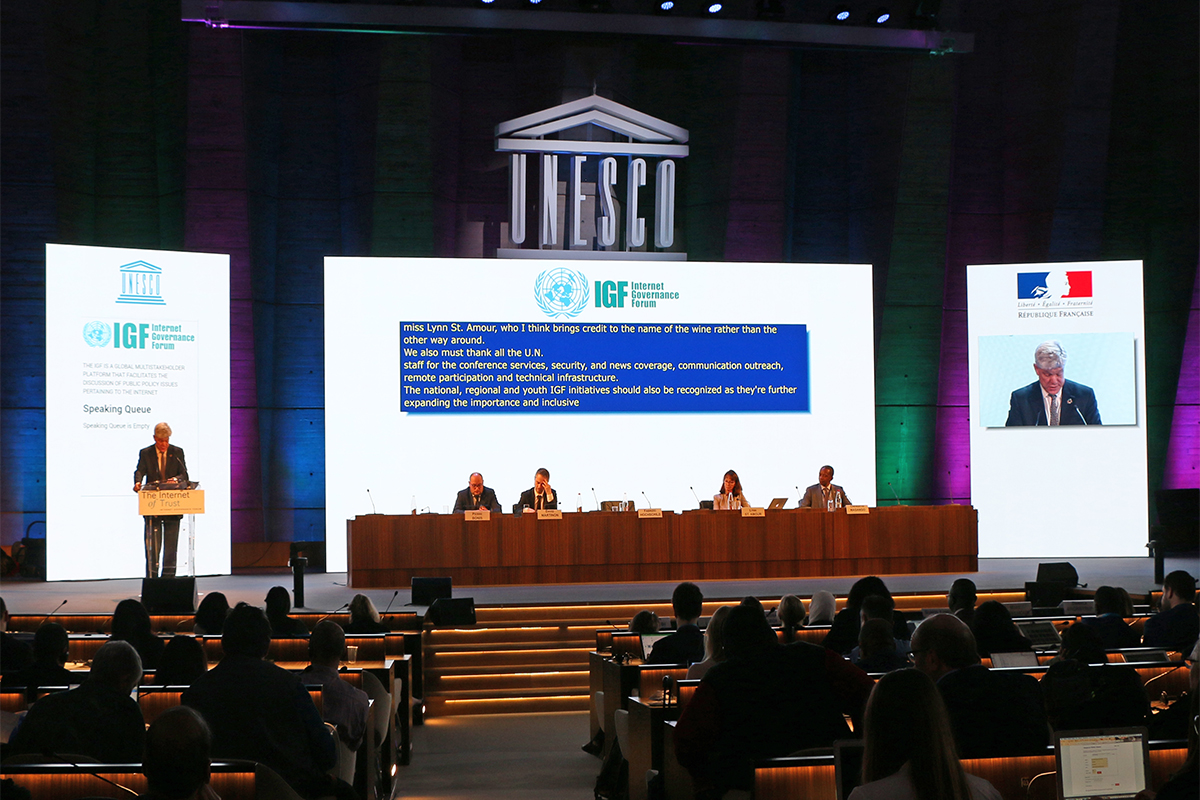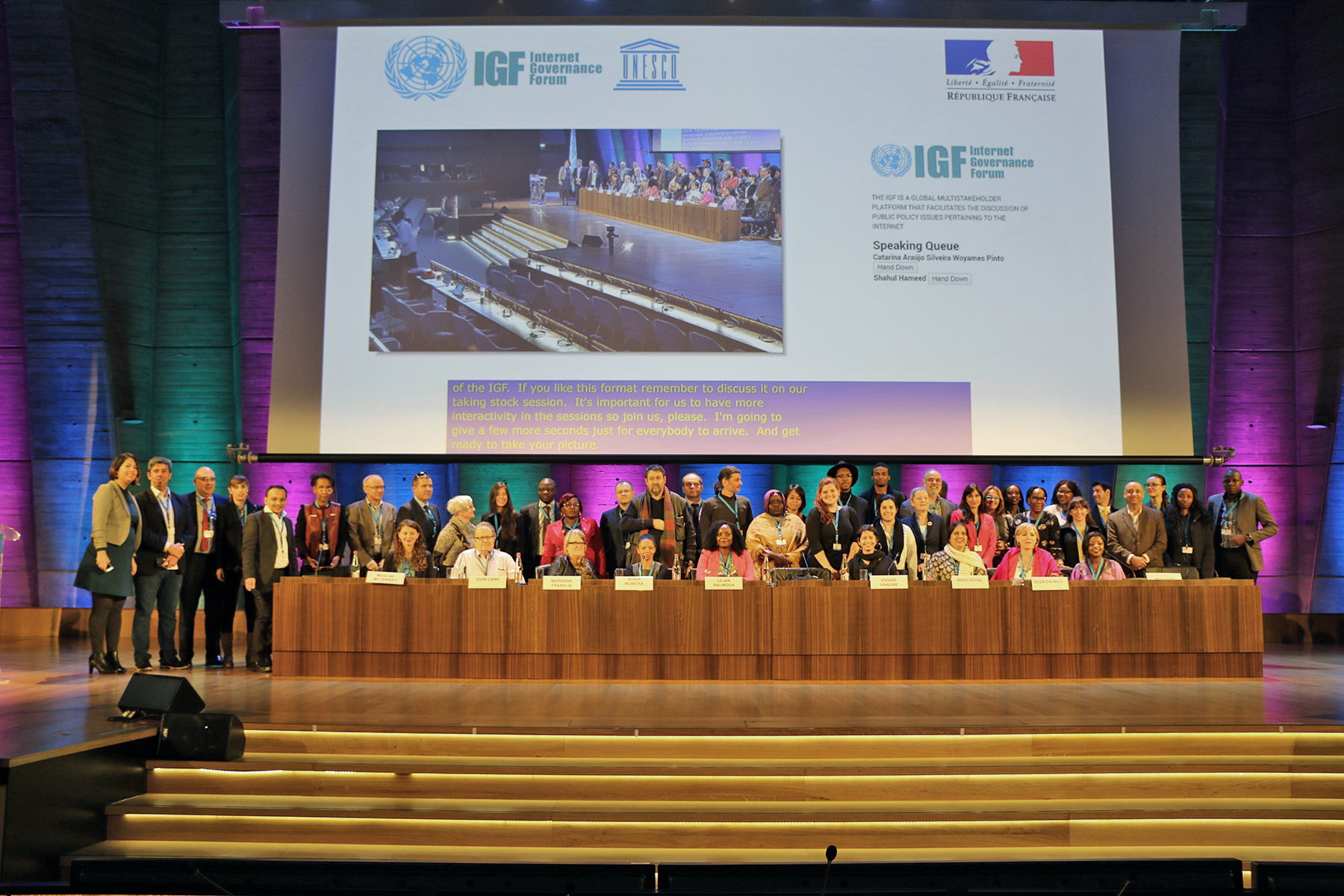Goal 9 seeks to build resilient infrastructure, promote sustainable industrialization and foster innovation.Goal 9 seeks to build resilient infrastructure, promote sustainable industrialization and foster innovation.Goal 9 seeks to build resilient infrastructure, promote sustainable industrialization and foster innovation.
Building resilient infrastructure, promoting inclusive and sustainable industrialization, and fostering innovation are key drivers of economic development. Goal 9 aims to create a strong foundation for a sustainable future.
Economic growth, social development and climate action are heavily dependent on investments in infrastructure, sustainable industrial development and technological progress. In the face of a rapidly changing global economic landscape and increasing inequalities, sustained growth must include industrialization that first of all, makes opportunities accessible to all people, and second, is supported by innovation and resilient infrastructure.
Even before the outbreak of the COVID-19 pandemic, global manufacturing – considered an engine of overall economic growth – has been steadily declining due to tariffs and trade tensions. The manufacturing decline caused by the pandemic has further caused serious impacts on the global economy.
This is primarily due to high inflation, energy price shocks, persistent disruptions in the supply of raw materials and intermediate goods, and global economic deceleration.
While LDCs in Asia have made considerable progress, African LDCs would need to change the current trajectory and accelerate progress significantly to attain the target by 2030. However, medium-high and high-technology industries demonstrated robust growth rates.
How much progress have we made?
Since 2015, the world has seen remarkable progress in infrastructure development, industrial growth, and innovation. Global manufacturing value added (MVA) per capita increased by 17.3% between 2015 and 2024. Maritime freight volumes climbed to 11.6 billion metric tons in 2023, fueled by the growing involvement of developing countries. At the same time, 5G mobile broadband now reaches 51% of the global population.
Yet, deep regional inequalities remain. Many developing nations continue to face systemic challenges in achieving inclusive and sustainable industrialization. Even with widespread connectivity, 4% of the world’s population was still without access to mobile broadband networks in 2024.
What needs to be done?
Investments in infrastructure – transport, irrigation, energy and information and communication technology – are crucial to achieving sustainable development and empowering communities in many countries. To achieve Goal 9 by 2030, it is also essential to support LDCs, invest in advanced technologies, lower carbon emissions and increase mobile broadband access.
Why should I care?
Inclusive and sustainable industrialization, together with innovation and infrastructure, can unleash dynamic and competitive economic forces that generate employment and income. They play a key role in introducing and promoting new technologies, facilitating international trade and enabling the efficient use of resources.
The growth of new industries means improvement in the standard of living for many of us. If industries pursue sustainability, this approach will have a positive effect on the environment.
What is the price of inaction?
The price is steep. Ending poverty would be more difficult, given the industry’s role as a core driver of the global development agenda to eradicate poverty and advance sustainable development. Additionally, failing to improve infrastructure and promote technological innovation could translate into poor health care, inadequate sanitation and limited access to education.
How can we help?
Establish standards and promote regulations that ensure company projects and initiatives are sustainably managed.
Collaborate with NGOs and the public sector to help promote sustainable growth within developing countries.
Think about how industry impacts on your life and well-being and use social media to push for policymakers to prioritize the SDGs.

- The manufacturing industry’s recovery from the coronavirus disease (COVID-19) pandemic remains incomplete and uneven. Global manufacturing growth slowed down to 2.7 per cent in 2022, down from 7.4 per cent in 2021, and rebounded with an estimated 2.7 per cent annual growth in 2024. Progress in least developed countries (LDCs) is far from sufficient to reach the target of doubling the manufacturing share in gross domestic product (GDP) by 2030. However, medium-high- and high-technology industries demonstrated robust growth rates.
- As of 2024, 96 per cent of the world’s population was within reach of a mobile broadband network, but some areas remain underserved.
- In 2024, global carbon dioxide (CO2) emissions from fuel combustion and industrial processes surged to a new all-time high of 37.6 gigatons, reverting to a decade-long trend of decoupling emissions and economic growth.
- To achieve Goal 9 by 2030, it is essential to support LDCs, invest in advanced technologies, lower carbon emissions and increase mobile broadband access.
- The share of manufacturing employment in total employment was 14.2 per cent in 2024, down from 14.3 per cent in 2015. Global expenditure on research and development (R&D) as a proportion of GDP increased from 1.69% in 2015 to 1.93% in 2020. The number of researchers per million inhabitants has increased worldwide from 1,022 in 2010 and 1,160 in 2015 to 1,342 in 2020.
9.1 Develop quality, reliable, sustainable and resilient infrastructure, including regional and transborder infrastructure, to support economic development and human well-being, with a focus on affordable and equitable access for all
9.2 Promote inclusive and sustainable industrialization and, by 2030, significantly raise industry’s share of employment and gross domestic product, in line with national circumstances, and double its share in least developed countries
9.3 Increase the access of small-scale industrial and other enterprises, in particular in developing countries, to financial services, including affordable credit, and their integration into value chains and markets
9.4 By 2030, upgrade infrastructure and retrofit industries to make them sustainable, with increased resource-use efficiency and greater adoption of clean and environmentally sound technologies and industrial processes, with all countries taking action in accordance with their respective capabilities
9.5 Enhance scientific research, upgrade the technological capabilities of industrial sectors in all countries, in particular developing countries, including, by 2030, encouraging innovation and substantially increasing the number of research and development workers per 1 million people and public and private research and development spending
9.A Facilitate sustainable and resilient infrastructure development in developing countries through enhanced financial, technological and technical support to African countries, least developed countries, landlocked developing countries and small island developing States 18
9.B Support domestic technology development, research and innovation in developing countries, including by ensuring a conducive policy environment for, inter alia, industrial diversification and value addition to commodities
9.C Significantly increase access to information and communications technology and strive to provide universal and affordable access to the Internet in least developed countries by 2020
Related news
In the face of increasing digital divides and cyberattacks, UN Chief calls for transforming the Internet as a powerful force for good
Calling for collective responsibility to face the challenges of nefarious use of digital technology, United Nations Secretary-General António Guterres told the fourteenth Internet Governance Forum in Berlin, Germany, that the growing frequency and severity of cyber-attacks are undermining trust and encouraging States to adopt offensive postures for the hostile use of cyberspace.
Global Cooperation And Regulation Key In Addressing Multilayered Threats Posed By New Technology
The Internet Governance Forum (IGF) concluded today with a consensus highlighting the importance of the rule of law and global cooperation to ensure a safe cyberspace.
Consensus On The Application of Rule of Law and UN Charter to Make Cyberspace Safe
Views expressed at Internet Governance Forum suggest global internet challenges can only be confronted by strengthened international cooperation. Paris, France, 13 November- Increased global cooperation was a common thread in discussions around cyber [...]





